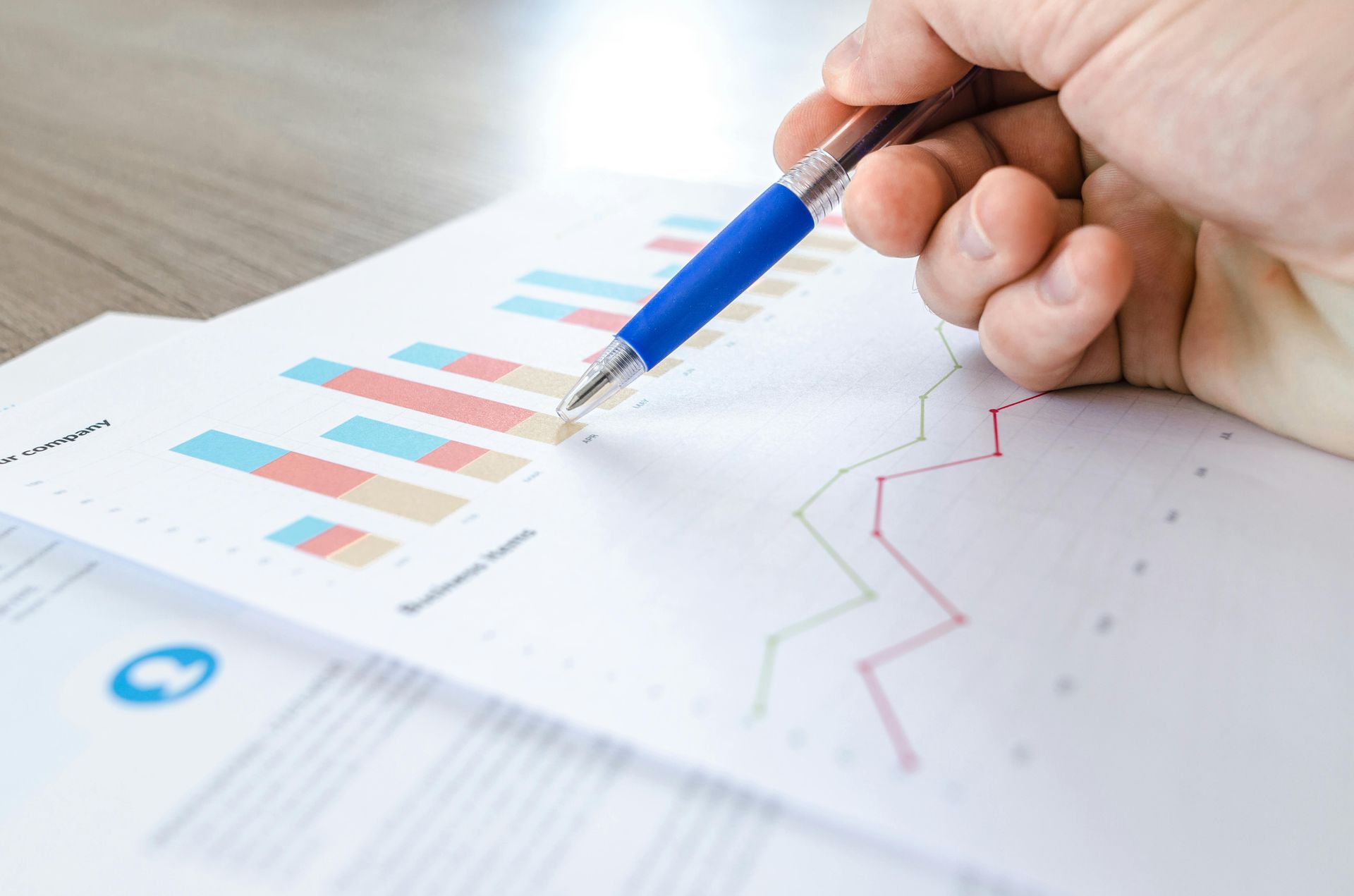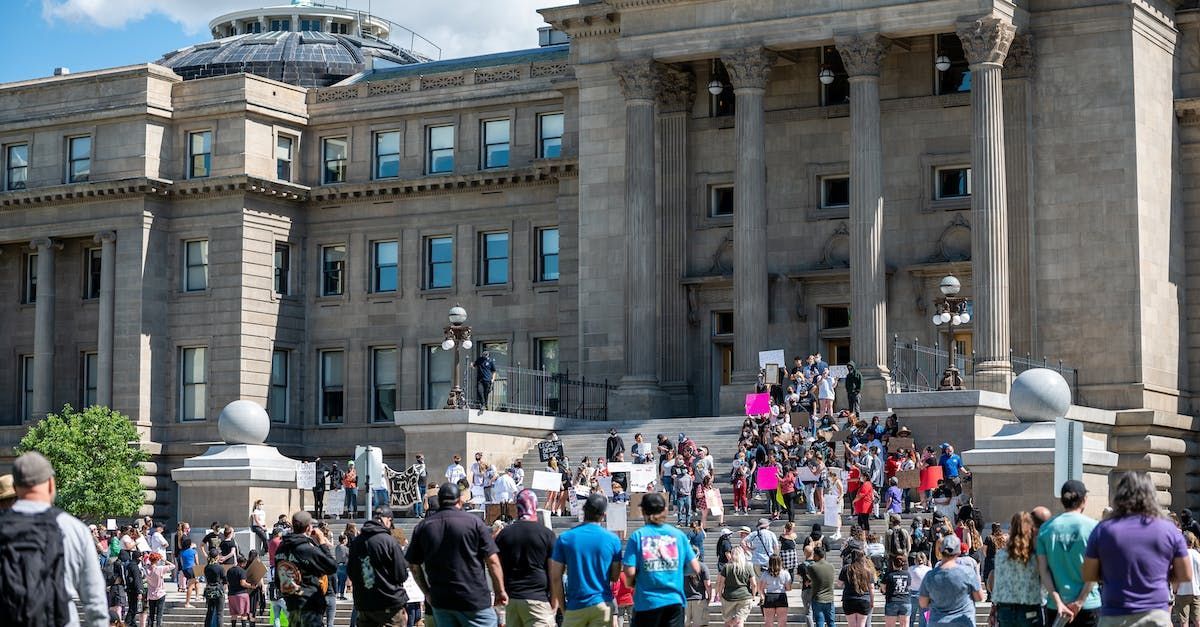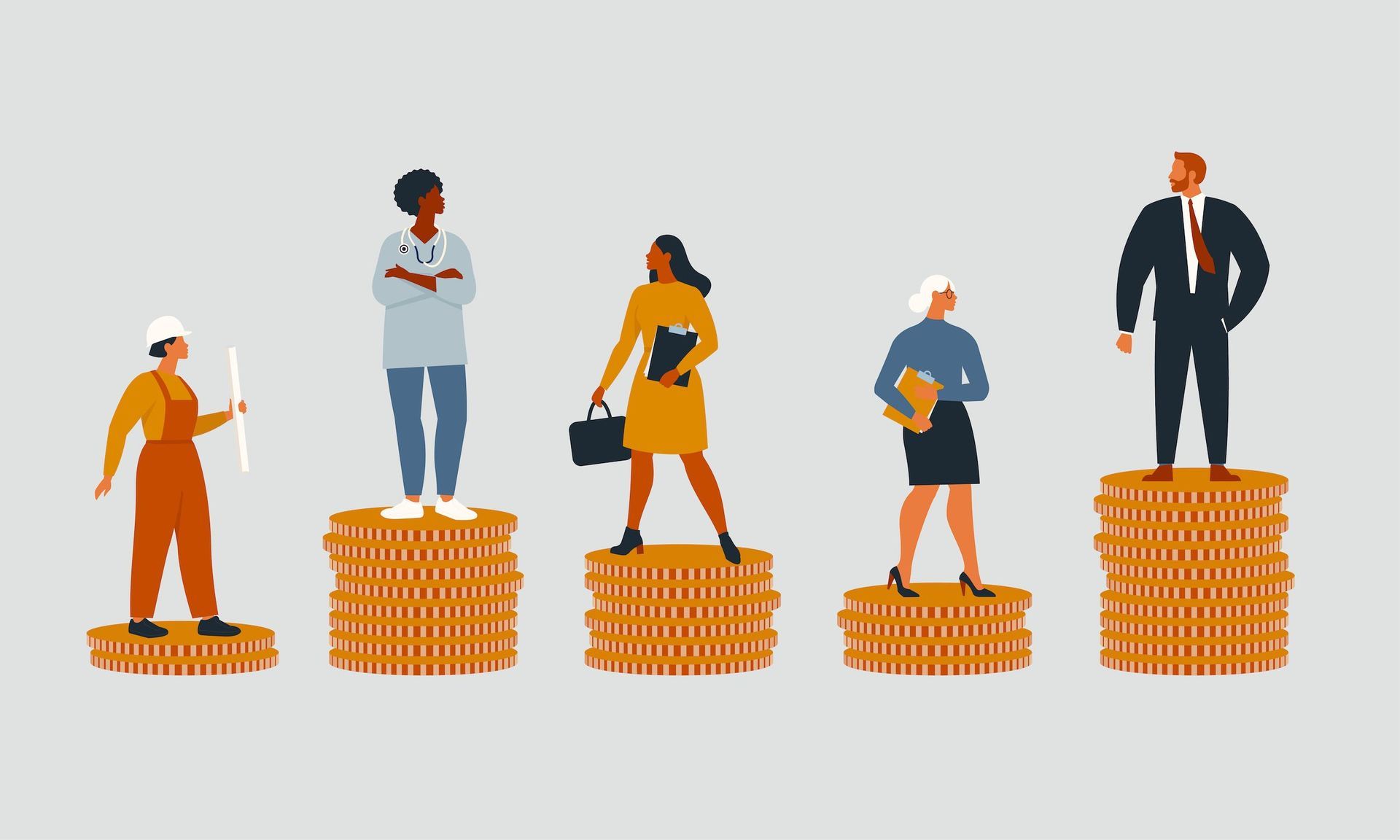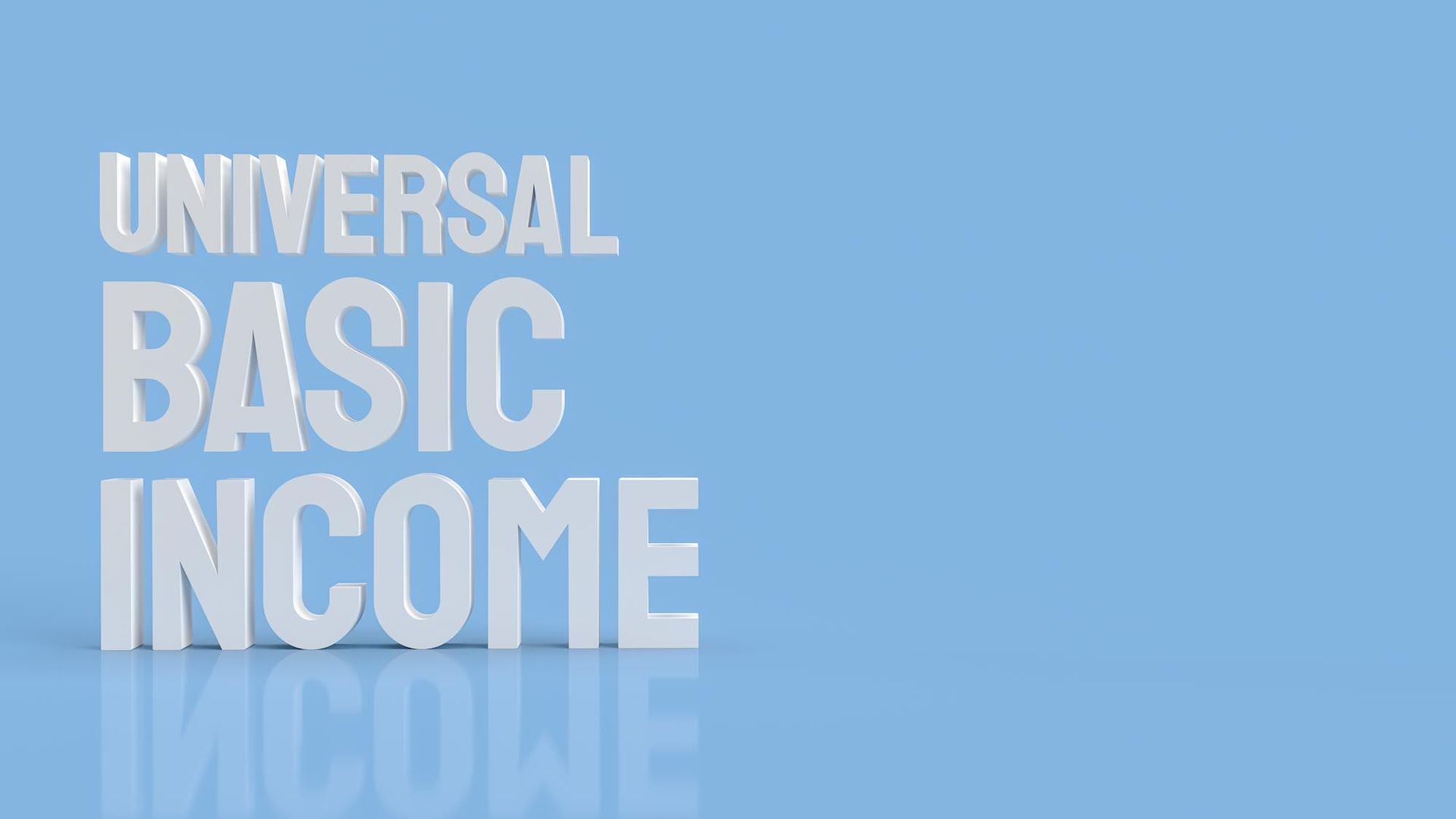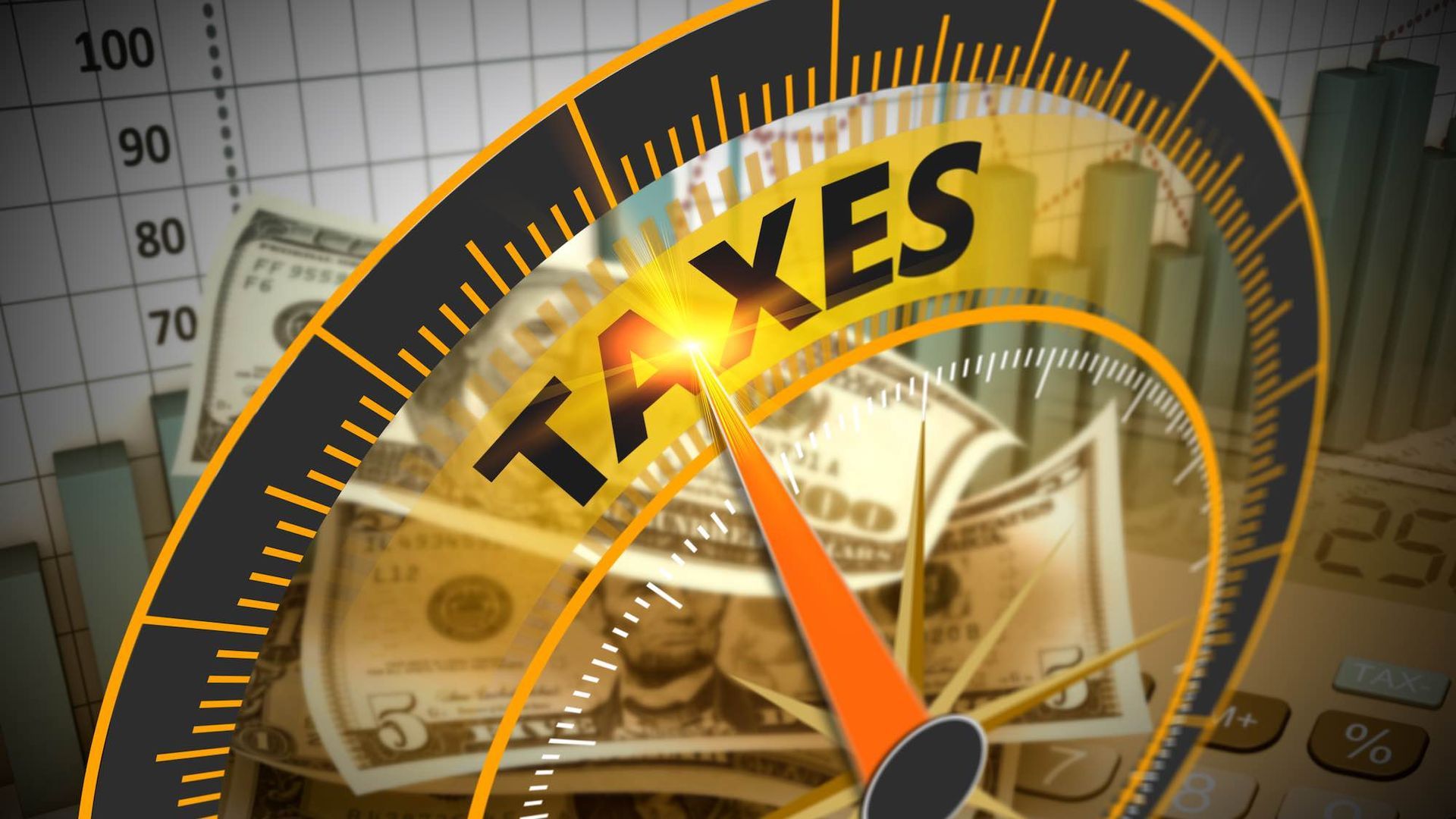How Long Do We Wait For Change?
“The Economy is doing well, why aren’t people feeling it?”
The trend line for wealth and income inequality is well documented. As the cliché goes, “the rich have gotten richer while the poor have gotten poorer.” This trend was given significant impetus in the 1980s under the Reagan administration and has continued to diverge since.

There are well-worn explanations for growing inequality, e.g., decreasing taxes on the wealthy, the significant decrease in union membership, increased demand for technical skills. There are many other facilitating elements that stress individuals and families in the lower half of income and wealth - the lack of affordable housing, the increase in education costs, medical and student debt, among other factors.
The expectation for most Americans is that the government needs to address this issue. Just about everyone reading this blog has parents or grandparents who remember the great depression. Franklin Delano Roosevelt was the embodiment of the patrician president who saved a nation from the excesses and harms of capitalism. The New Deal and the second world war were the start of the significant decrease in the relative wealth between the top and bottom quintiles. There was growth of labor unions, decent wages, and safety net supports that allowed many individuals and families to actually afford commodities that they struggle to acquire today. The “economy” of course takes twists and turns, and has ups and downs. The government takes incremental and sometimes micro-incremental steps to ameliorate the economic disparity. Even since in the “Reagan Revolution” of the 1980s, both political parties have offered and, at times, actually enacted solutions. In this presidential election year, the inevitable question is, “are you better off than four years ago?”
It would help to consider for whom that question is directed. Recent articles in the New York Times and on National Public Radio have collectively wrung hands as to why the public is not appreciating all that President Biden has done for the economy. Inflation has in fact slowed, job growth is significant, and the stock market is flourishing. The crisis of the COVID pandemic compelled governmental intervention. The President and even his predecessor enacted various programs such as, the Paycheck Protection Program which was targeted to employers, the CARES act, the Consolidated Appropriations Act and the American Rescue Plan provided rent assistance and other supports. Both unemployment benefits and the child tax credit increased; a change that has been heralded for pulling children out of poverty. This is on top of various efforts by the Federal Reserve, which issues monetary policy and sets interests rates. In all, this presidential administration has invested trillions of dollars in economic intervention. But how much of a difference does this make?
Change takes time and policy advocacy experience demands slow and prodding incremental change with many twists and turns. We should think about for whom the economy is “good” and ask questions like, “what are the recently created jobs paying? Who is benefiting from the stock market?” It should help to get a more granular sense of the reality for many Americans. The Federal minimum wage is stuck at the 2009 level of $7.25/hour. However, various states have higher minimum wage laws, e.g., D.C. ($17), Washington ($16.28), California ($16), Connecticut ($15.69) and New Jersey ($15.13). New York, Massachusetts, and Maryland all have minimum wages of $15/hour. A handful of U.S. cities have minimum wages of almost $18 up to $20.29 per hour. A new California law will require fast food workers to be paid $20/hour. Yes, this is progress! It also needs to be noted that younger folk, women, black and people of color, part timers, and hospitality and restaurant workers are the most likely to be receiving the actual minimum wage.
Living Wage Calculator
But we need to step back and review the actual cost of living by reviewing data from Amy Glasmeier and the Massachusetts Institute of Technology. The Living Wage calculator (https://livingwage.mit.edu/) estimates the local wage rate that a full-time worker requires to cover the costs of their family’s basic needs where they live. This calculator monitors costs across the U.S. by State, metropolitan region, and some counties. The data is regularly updated and was last done so in February of this year. The effort calculates the cost of eight basic needs, e.g., childcare, food, healthcare, housing, internet, transportation, civic engagement (includes education) and other necessities in a specific geographic location. The needs items derive from governmental entities such as Consumer Price Index and the Bureau of Labor Statistics.
Reviewing the most current data for two states, e.g., Alabama and California. Note that this is statewide data with differences within each state.
In Alabama, a family with two working parents and two children need $96,805 annually (before taxes) in order to acquire the basic needs as indicated above. Each of the two adults would need to earn $23.27/hour in a full-time job. The minimum wage at $7.25 in Alabama is less than one-third the needed wage. The median annual income in 2022 in Alabama was $59,910. Alabama had 16% of its population at or below the federal poverty level.
In California, a family with two working parents and two children would need $138,357 annually (before taxes) in order to acquire the basic needs as indicated above. That means that each adult would need to earn $33.26/hour in a full -time job. The State minimum wage is less than half that amount at $16.00/ hour. The median annual income in 2022 in California was $91,905. California had 13% of its population at or below the federal poverty level.
Using median income and costs estimates in these two states, those in the middle have 61% and 66% of what they need in order to meet basic needs. As you move up above the median, it of course gets better and conversely, it gets worse as you move further below the median. Hence in both of these states, the majority of the population does not have enough money to acquire all of their basic needs? Is there any wonder why working class people are not appreciating how well the economy is doing?
How and who is going to change this?
As an organization dedicated to impacting wealth and income inequality, we grapple with the questions posed at the beginning of this blog. According to the Pew Research Center, the majority of Americans are concerned about wealth and income inequality and that something needs to be done by corporations, the wealthy and government. Should we expect the government to raise taxes on the wealthy? The same report from the Pew Research Center also indicates that every economic stratum does not want taxes to be raised on them. It would certainly be fair to assert that in any effort to redistribute wealth that the wealthy and powerholding corporations are more responsible. But is there political will to do so? Even in left-leaning states, efforts to enact a wealth tax are consistently stalled. The inevitable concern is that if we raise taxes on the wealthy, they will simply go elsewhere. This in addition to those at the top are more likely to vote and far more likely to donate to political candidates than those at the bottom. What are the other strategies? What strategies are effective and how effective? Our organization is completing a review of the wealth and income advocacy organization networks and their effectiveness. We already know that there are thousands of organizations working directly and indirectly on these issues. Even a random google search will yield hundreds of millions of references on this topic. While wealth and income inequality is not new news, is incremental change the only strategy? How long do we wait and whose responsibility is it?
There are numerous collective efforts, but we need to ask: Do we as individual citizens have a responsibility? Are there voluntary efforts that could make a significant difference?
Stay tuned for more and let us know what you think!
